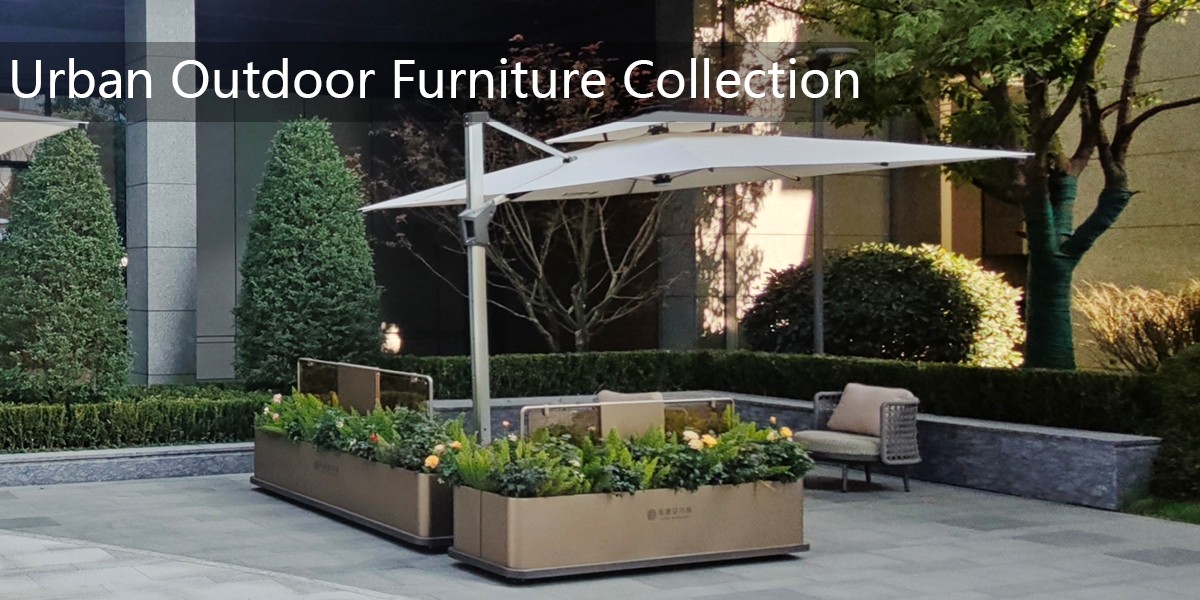Outdoor sculptures have a unique ability to evoke a sense of movement, transforming static materials into dynamic visual experiences. Artists achieve this illusion through several techniques.
1. Fluid Forms and Curves: Sculptures with sweeping curves or asymmetrical shapes mimic natural motion, like wind-blown fabric or flowing water. The play of light and shadow on these surfaces enhances the effect.
2. Strategic Positioning: Placing sculptures at angles or on elevated bases creates the impression of action. For example, a figure mid-stride or a bird with outstretched wings suggests imminent flight.
3. Interactive Elements: Some sculptures incorporate moving parts, such as kinetic components that respond to wind, inviting viewers to engage with the art as it shifts.
4. Material Choices: Lightweight or reflective materials, like polished metal, can catch light dynamically, giving the illusion of movement as viewers walk past.
5. Negative Space: Clever use of gaps or openwork designs allows the surrounding environment to "move through" the sculpture, adding a sense of rhythm.
By blending artistry with perception, outdoor sculptures transcend stillness, inviting viewers to see motion where none exists.


